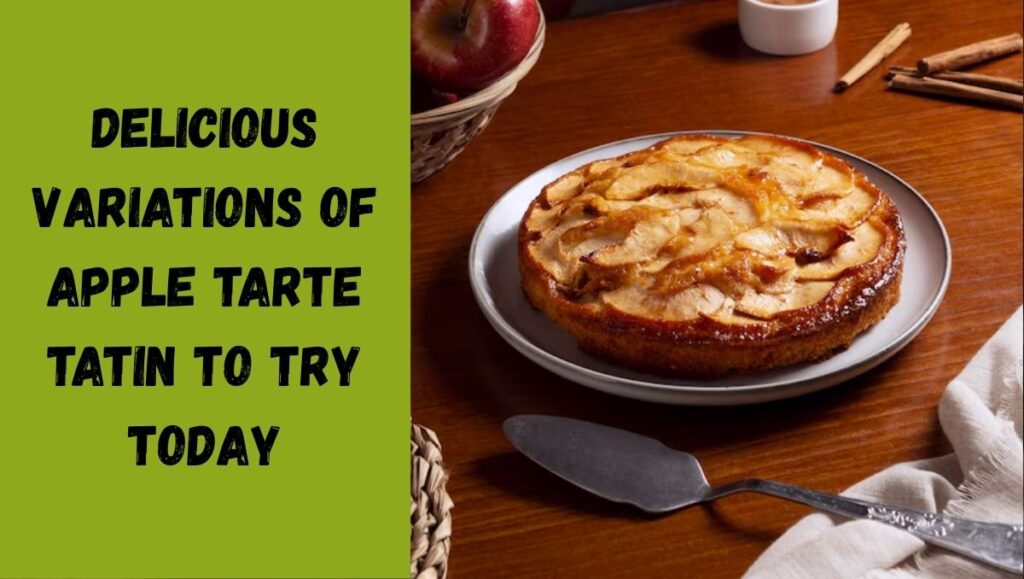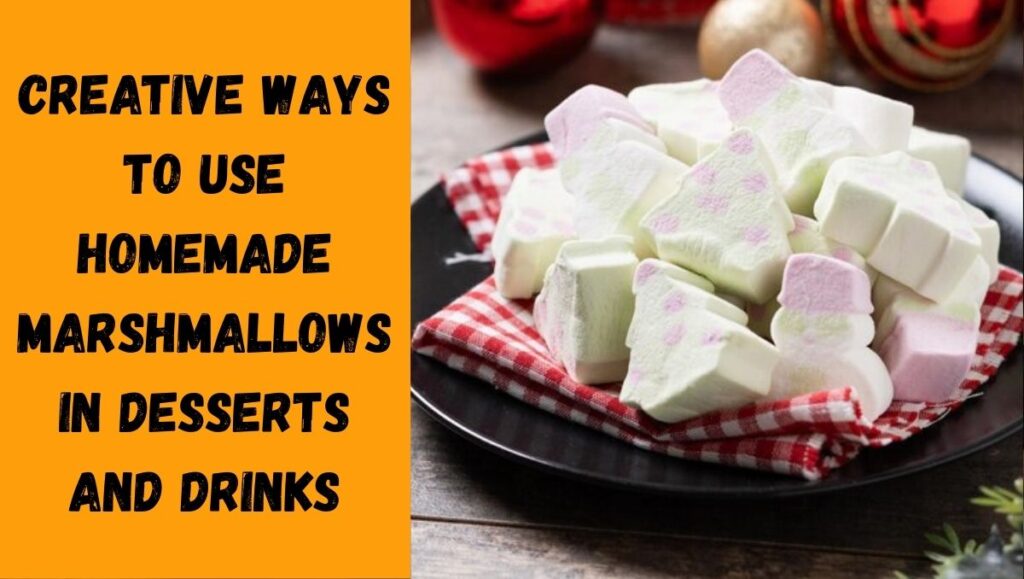Classic and well-liked pastry with light, flaky layers that provide the ideal texture for both sweet and savory cuisine is puff pastry. But traditional puff pastry develops its distinctive layers by several hours or even days of preparation requiring several cycles of rolling and folding. Particularly for home cooks and those pressed for time, this process can be time-consuming and daunting. Here is where fast puff pastry comes in—a condensed technique meant to substantially cut preparation time without sacrificing the delicate, flaky texture.
Perfect for last-minute dinners or baking endeavors, quick puff pastry provides a sensible substitute with still rich buttery layers and crispness. It uses simplified methods and occasionally calls for shortcuts like pre-chilled dough or a modified folding approach to expedite things. We will discuss in this post how rapid puff pastry is produced, pointers to improve it, its applications, and how it stands against conventional puff pastry. Quick puff pastry is your go-to dough whether your recipe calls for savory pies, exquisite desserts, or crunchy appetisers.
What Makes Puff Pastry Flaky? The Science Behind the Layers
The very delicate layers produced by laminating puff pastry define its enchantment. Multiple times incorporating butter into dough retains layers of fat and dough. The water in the butter becomes steam when cooked, which causes the layers to puff up and separate and generates that distinctive flaky texture.
Because of plenty of folding and rolling actions, traditional puff pastry might contain 500 to 1,000 layers. Combining methods like chilling the dough between folds and utilizing a high butter content helps quick puff pastry to make several layers even with less folds. The butter must be cold all through the procedure to avoid melting into the dough, hence lowering flakiness.
Sometimes just 3-4 folds instead of 6-8 in traditional recipes, the dough in fast puff pastry is rolled and folded less times, therefore saving hours. The contained moisture in the butter causes the dough to rise well in the oven even with less layers. Knowing this science helps cooks value why success depends on cautious handling and cooling.
How to Make Quick Puff Pastry: Step-by-Step Guide
Making quick puff pastry at home involves a few essential ingredients and careful technique. Here’s a simplified step-by-step guide:
- Ingredients: Use all-purpose flour, cold unsalted butter, ice water, and a pinch of salt. The butter should be very cold and cut into cubes.
- Mix Dough: Combine flour and salt in a bowl. Add ice water gradually and mix until dough just comes together. Do not overwork.
- Incorporate Butter: Roll dough into a rectangle, then place cold butter slabs on one half. Fold the dough over the butter and gently roll out.
- Folding: Perform a series of folds (usually 3 “turns”), rolling out and folding the dough into thirds like a letter each time. Chill the dough between folds for 15-20 minutes to keep the butter firm.
- Rest and Chill: After the final fold, chill the dough for at least an hour before using.
This method simplifies the traditional puff pastry process but maintains the essential lamination and chilling steps necessary for flakiness. The key is working quickly to keep the butter cold and allowing rest periods for the dough to relax and the butter to firm up.
Quick Puff Pastry vs. Traditional Puff Pastry: A Comparison Table
| Feature | Traditional Puff Pastry | Quick Puff Pastry |
|---|---|---|
| Preparation Time | 4-6 hours or longer | 1.5-2 hours |
| Number of Folds | 6-8 | 3-4 |
| Texture | Ultra flaky with many delicate layers | Flaky but slightly fewer layers |
| Butter Handling | Requires precise butter lamination | Butter integrated faster |
| Ease for Beginners | Challenging and time-consuming | More beginner-friendly |
| Suitable For | High-end pastries, elaborate tarts | Everyday pies, snacks, appetizers |
| Resting Time | Long resting times required | Shorter resting time |
This table highlights that quick puff pastry is an excellent compromise for home bakers who want great results with less effort and time.
Delicious Recipes Using Quick Puff Pastry
Quick puff pastry can be used in a variety of recipes that showcase its flaky texture and buttery flavor. Here are some popular ideas:
- Savory Cheese and Herb Twists: Roll the dough with grated cheese and herbs, cut into strips, twist, and bake until golden.
- Mini Sausage Rolls: Wrap seasoned sausage meat in quick puff pastry strips for a perfect appetizer.
- Apple Turnovers: Fill with spiced apples and bake for a sweet treat.
- Spinach and Feta Puffs: Fill squares of dough with a mixture of spinach and feta cheese, then fold and bake.
- Palmiers: Roll sugar into the dough, slice, and bake for a crisp, caramelized snack.
Each recipe benefits from the quick puff pastry’s ease and versatility, making it a staple for both sweet and savory baking projects. Experimenting with fillings and shapes opens endless culinary possibilities.
Tips and Tricks for Perfect Quick Puff Pastry Every Time
Even with shortcuts, quick puff pastry requires attention to detail to get perfect results. Here are some expert tips:
- Keep Ingredients Cold: Use chilled butter and ice water. Chill your work surface if needed.
- Avoid Overworking: Mix the dough just enough to bring it together to avoid gluten development which can toughen the pastry.
- Chill Between Folds: Don’t skip the chilling steps; they keep the butter solid and help layers form.
- Use a Sharp Knife: Cut dough cleanly to prevent compressing layers.
- Don’t Skip Resting: Allow the dough to rest in the fridge before baking to relax gluten and prevent shrinkage.
- Use Egg Wash for Shine: Brush pastry with beaten egg for a golden, glossy finish.
Following these tips will maximize flakiness and flavor, making your quick puff pastry reliably delicious.
Storage and Freezing Tips for Quick Puff Pastry
Knowing how to properly store and freeze quick puff pastry can save you time and help maintain its quality. If you have leftover dough or want to prepare it in advance, follow these steps:
- Refrigeration: Wrap the dough tightly in plastic wrap to prevent drying out. It can be refrigerated for up to 3 days before baking. Always bring it back to cold temperature before rolling out again.
- Freezing: For longer storage, wrap the dough tightly in plastic wrap, then place it in a freezer bag. Freeze for up to 2 months. When you want to use it, thaw overnight in the fridge, never at room temperature, to maintain butter layers intact.
- Baked Pastry Storage: Store baked goods in an airtight container at room temperature for 1-2 days for best freshness. Avoid refrigerating baked puff pastry as it can lose crispness quickly.
Proper storage is key to preserving the buttery, flaky layers and ensuring your pastry tastes as fresh as the day it was made.
Troubleshooting Common Issues with Quick Puff Pastry
Even experienced bakers encounter issues with puff pastry. Here’s how to solve some common problems:
- Pastry Too Tough: This usually happens if you overwork the dough or add too much water. Use minimal water and handle gently.
- Butter Melting During Rolling: Work in a cool environment, chill the dough frequently, and ensure your butter is very cold before starting.
- Pastry Not Rising or Puffing: This can occur if the butter melts into the dough or the layers are not well-formed. Make sure to keep dough and butter cold and fold properly.
- Pastry Shrinks When Baking: Rest your dough well in the fridge before baking to relax gluten. Also, avoid stretching the dough when rolling it out.
- Pastry Burns Too Quickly: Use moderate oven temperature (375°F or 190°C). Consider covering with foil halfway if browning too fast.
By understanding these common issues, you can improve your technique and achieve consistently excellent puff pastry results.
Advanced Techniques to Elevate Your Quick Puff Pastry
Once you master the basic quick puff pastry, you can experiment with techniques that enhance flavor, texture, and appearance:
- Butter Variations: Try mixing regular butter with European-style butter, which has higher fat content, for richer flavor and better flakiness.
- Adding Flavor: Incorporate herbs, spices, or finely grated cheese into the dough for savory variations.
- Glazing Options: Besides egg wash, use milk or cream for a softer shine, or brush with sugar syrup after baking for sweetness.
- Using Laminated Fats: Some bakers experiment with combining butter and shortening for easier handling without sacrificing texture.
- Decorative Scoring: Use a sharp knife or fork to gently score the pastry surface to create patterns that puff differently and add a professional look.
Experimenting with these techniques can make your quick puff pastry not just convenient but truly gourmet.
Dietary Adaptations and Alternatives for Quick Puff Pastry
If you have dietary restrictions or preferences, quick puff pastry can be adapted:
- Gluten-Free: Use a blend of gluten-free flours such as
rice flour, tapioca starch, and potato starch. It’s tricky to laminate gluten-free dough due to its crumbly texture, so adding xanthan gum can help provide elasticity.
- Vegan Puff Pastry: Replace butter with a high-fat vegan margarine or coconut oil solid at room temperature. Ice water remains the same. The flavor and flakiness will vary but can still be delicious.
- Low-Fat Version: Puff pastry inherently relies on fat for its texture, so low-fat versions will sacrifice flakiness. Consider using less butter and more oil-based doughs, but expect a denser pastry.
- Dairy-Free: Use plant-based butter substitutes and ensure all other ingredients are free from dairy.
Adapting recipes for special diets takes practice but opens quick puff pastry to more people.
More Recipe Ideas to Try with Quick Puff Pastry
The versatility of quick puff pastry means you can explore endless recipe variations. Here are more ideas to inspire your baking:
- Chicken Pot Pie: Use quick puff pastry as a top crust for a creamy chicken filling.
- Tomato and Mozzarella Tart: Layer sliced tomatoes, fresh mozzarella, and basil on puff pastry for an elegant appetizer.
- Chocolate Croissants: Roll puff pastry around chocolate sticks or chips and bake for a quick French-inspired treat.
- Mushroom Vol-au-Vents: Create small cases of puff pastry and fill with creamy mushroom ragout.
- Berry Galette: Fold fruit-filled quick puff pastry into a rustic tart with berries and sugar.
These recipes showcase how quick puff pastry is not only time-saving but also incredibly flexible for all kinds of delicious dishes.
FAQ’s
Can I freeze quick puff pastry dough?
Yes, quick puff pastry freezes well. Wrap it tightly in plastic wrap and place in an airtight bag. Freeze for up to 2 months and thaw overnight in the fridge before use.
Is quick puff pastry less flaky than traditional puff pastry?
It has fewer layers but still delivers a satisfyingly flaky texture perfect for most baking needs.
Can I use quick puff pastry for pies?
Absolutely. It works well for both top crusts and decorative pie toppings.
What is the best flour for quick puff pastry?
All-purpose flour is best for easy handling, though pastry flour can make it lighter.
How long should I bake quick puff pastry?
Bake at 375°F (190°C) for 15-25 minutes, depending on the recipe and thickness.
| Home Page | Click Here |
| Dessert | Click Here |


